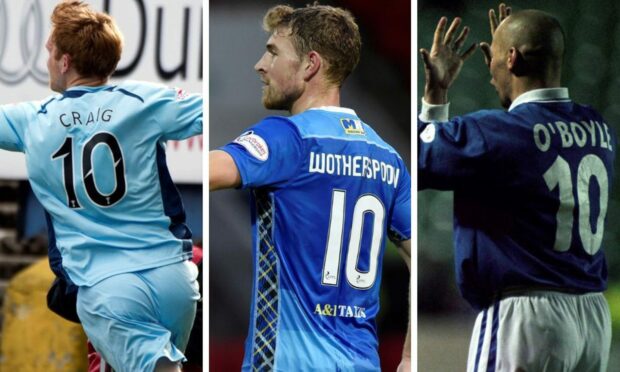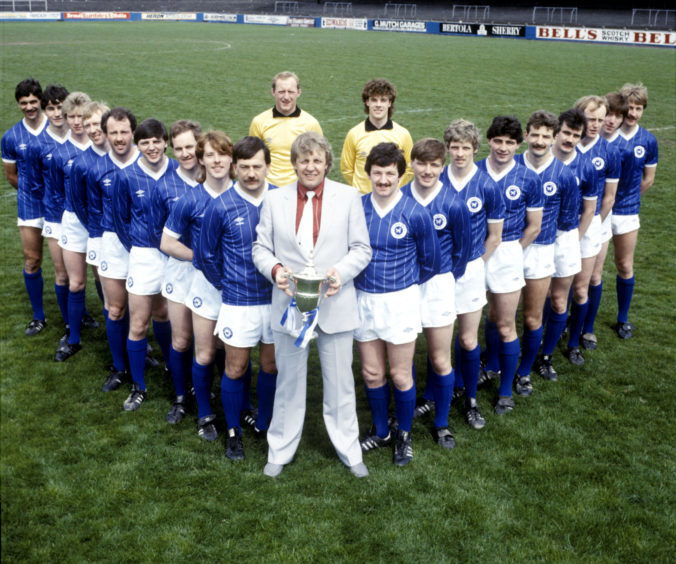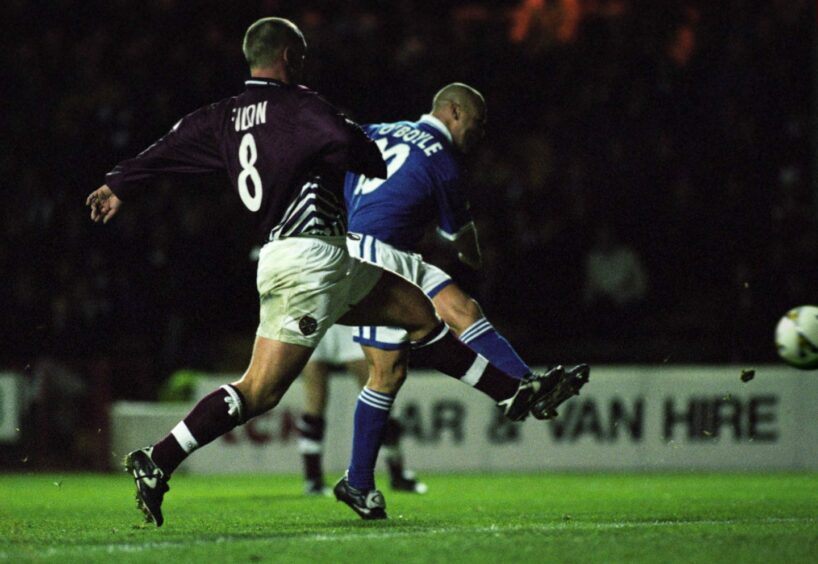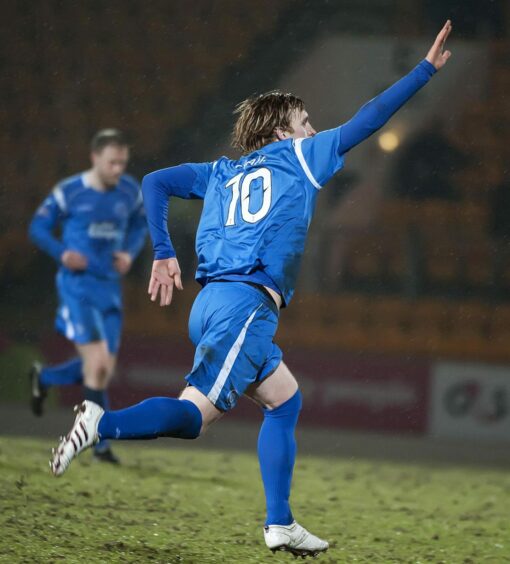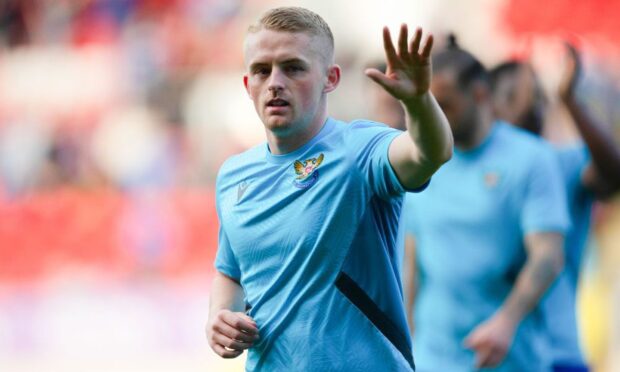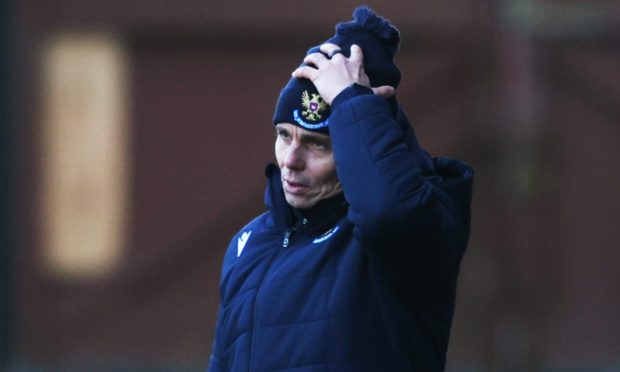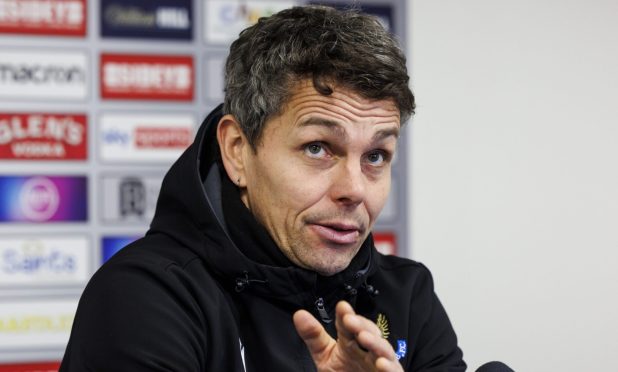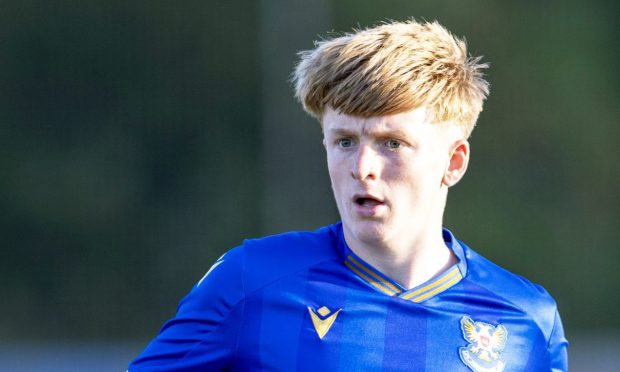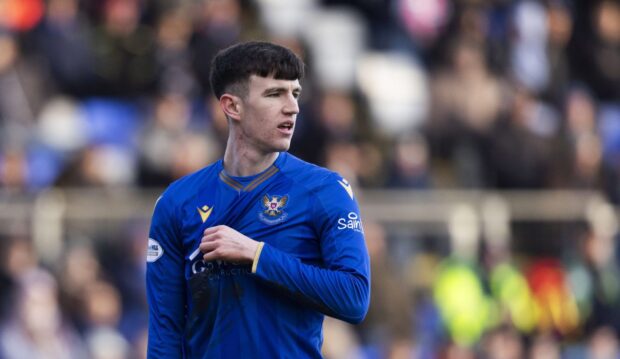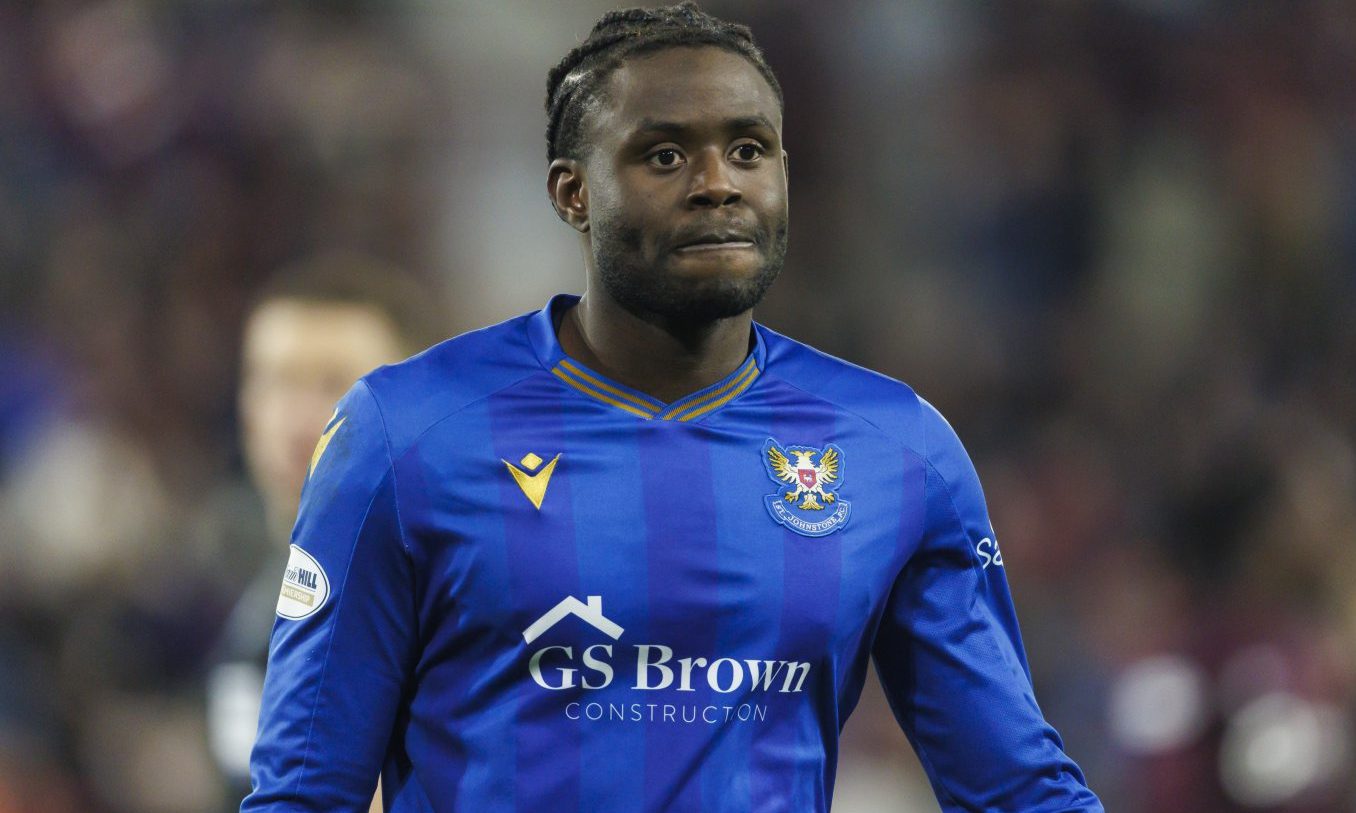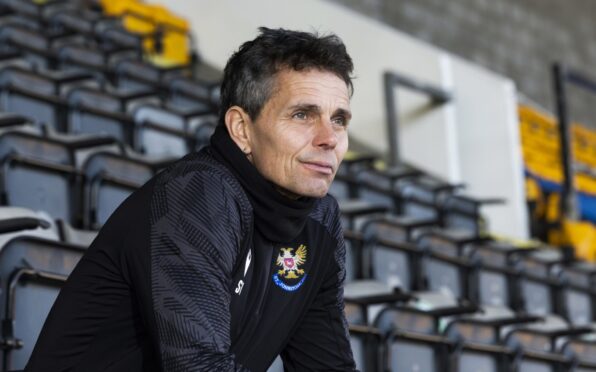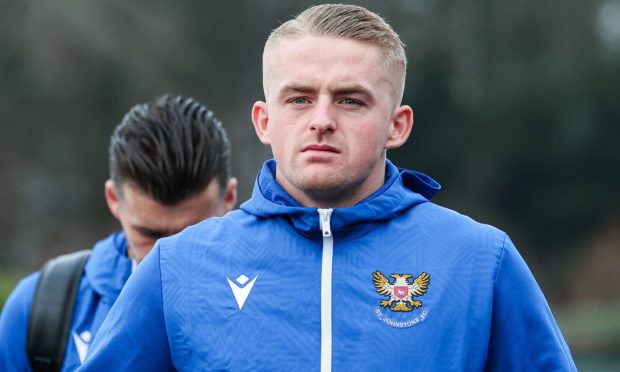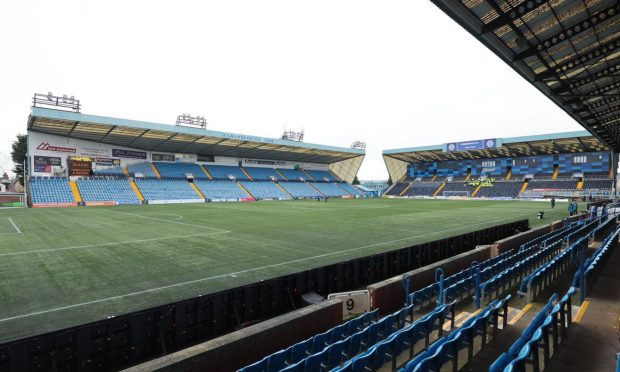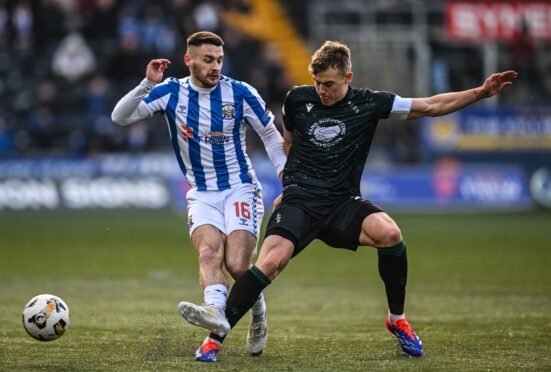St Johnstone supporters should just about be coming to terms with the fact the player described as the ‘greatest ever’ has left McDiarmid Park.
David Wotherspoon has left an iconic shirt up for grabs – the number 10.
For a decade, the Canadian international wore it with unparalleled distinction, on three occasions lifting trophies while it was on his back.
Over the next few weeks we’ll find out whether someone already at the club takes it on next season, or that honour goes to a new signing.
For the time being, Courier Sport remembers 10 of the best 10s.
Harry Ferguson
Playing for Saints for a decade isn’t just a modern-era thing.
Ferguson set the trend over the 1920s and 30s.
He truly was the first of the great St Johnstone number 10s.
An inside-forward or wing-half, Ferguson played in a team some still regard as the best ever.
Power, skill, an eye for goal and loyalty – no wonder he made it into the recent Great Saints top 50 book at 39.
1937 | Harry Ferguson plays his last game for St Johnstone. Harry played 285 times and scored 70 goals for Saints over the course of 12 seasons, turning down the chance of a lucrative move to Blackburn Rovers and remaining in Perth. pic.twitter.com/TufNQmPUx2
— Saints On This Day (@SaintsOTD) February 13, 2023
Bobby Davidson
A team-mate of Ferguson’s, Davidson was an outstanding inside-right.
That Arsenal – the glamour club of European football in the 30s – ended up buying him from Saints tells you everything about his ability.
Davidson played once for the Scottish League XI and really should have received full international honours.
Joe Carr
Unlike others on this list, Carr wasn’t a number 10 in playing style.
A 1950s left winger, loved by Perth fans as much for his commitment and passion as his delivery of a ball into the penalty box and goal-scoring ability, he certainly did the blue jersey justice whether with 10 or 11 on his back.
Alex Ferguson
You wouldn’t strictly describe Sir Alex as a 10 either in his playing days.
He was every inch the old-fashioned Scottish number nine but never actually had the shirt to match.
All bar one appearances for Saints were in the 10 top – the most memorable of which was the day he scored a hat-trick in a 3-2 win at Ibrox.
1963 | Alex Ferguson scores a hat-trick for St Johnstone, in a 3-2 defeat of Rangers at Ibrox. pic.twitter.com/UkHL0sNPaj
— Saints On This Day (@SaintsOTD) December 21, 2022
John Connolly
One of Wotherspoon’s rivals for the best of all time accolade, Connolly was the 10 when Saints established themselves as a force in Scottish football in the 1960s.
He was the first man to wear it in a cup final.
Like Wotherspoon, Connolly be able to play anywhere across the midfield in the modern game – or wide forward in a 4-3-3.
Henry Hall
As with every club, Saints’ history of number 10s is split between midfielder-types and forwards.
Hall undoubtedly falls into the latter category.
Although not the top-scorer of all time (he’s third), all his goals came when Saints were in the highest division.
A record of one every two games is very impressive by any standard.
Jim Morton
The late 70s won’t be too fondly remembered for the number 10 but that would change in the first half of the following decade, when Jim Morton became a big Muirton Park favourite.
If there’s a list of top 10 Dundonians to play for Saints, Morton would take some beating!
A key part of Alex Rennie’s title-winning side, the Scottish semi-pro international is a club Hall of Famer.
A classy midfielder with a wand of a left foot, as authors Alastair Blair and Brian Doyle put it in their most recent book: “He would have been more than capable of playing in any of the best St Johnstone teams”.
Praise indeed.
Roddy Grant
The number 10 was shared around in the Alex Totten era, with the likes of Sammy Johnston, Willie Watters and Grant Jenkins all doing it justice in their different ways.
Grant was the only one to make an impact both in the part-time, Muirton Park era and the shiny new, full-time, McDiarmid Park one.
This is now a roddy grant appreciation thread pic.twitter.com/UMbfABPWna
— Lil Bruco (@1884BA) February 14, 2020
His headed goal in that game against Airdrie was one of the most important in the club’s history.
Grant was more often a nine than a 10 in his second spell.
George O’Boyle
Yes, O’Boyle falls into the ‘striker number 10’ category but he could just as easily be regarded as a playmaker as well.
A class act, who will be in the debate when it comes to Saints’ finest ever link-man forward.
It’s certainly hard to think of a better one in the McDiarmid Park era.
Billy Dodds was very good but O’Boyle was better.
Liam Craig
Now on the coaching staff, Craig broke the St Johnstone appearance record (and finally got a cup winner’s medal) with 26 as his squad number.
But in his first spell at McDiarmid Park he was the 10 – and a very influential one at that.
Craig passed the baton on to Wotherspoon when one moved from Saints to Hibs and the other travelled in the opposite direction.
The next man to inherit an iconic shirt certainly has a lot to live up to.
